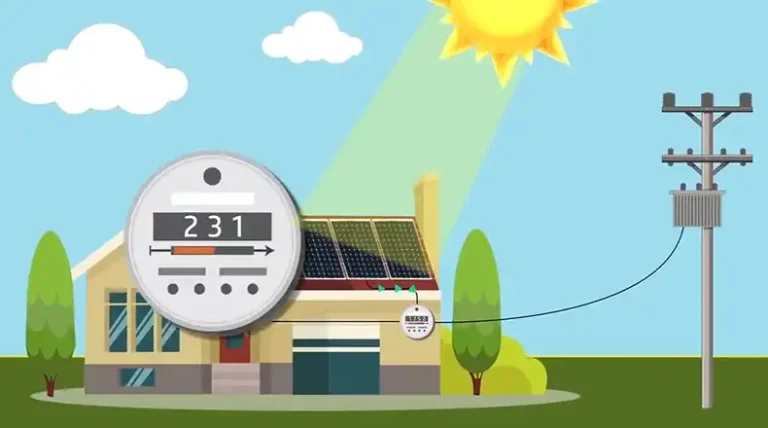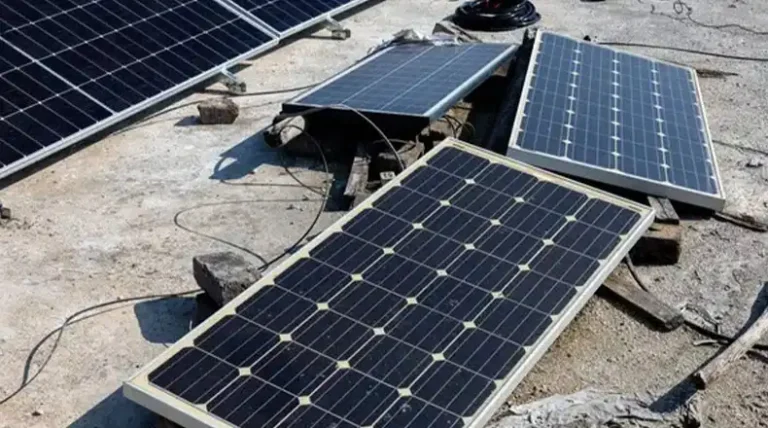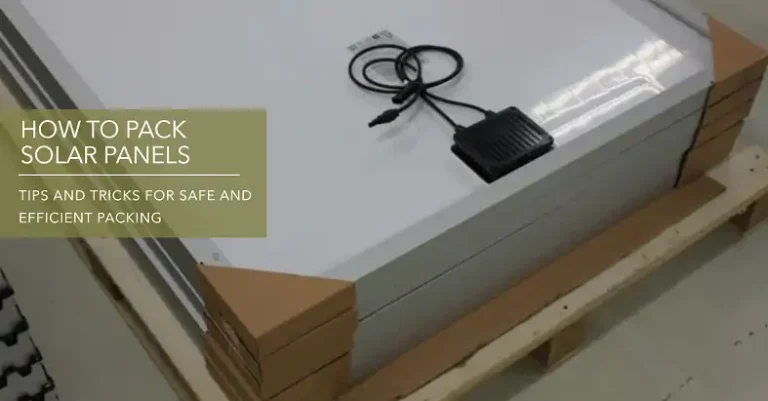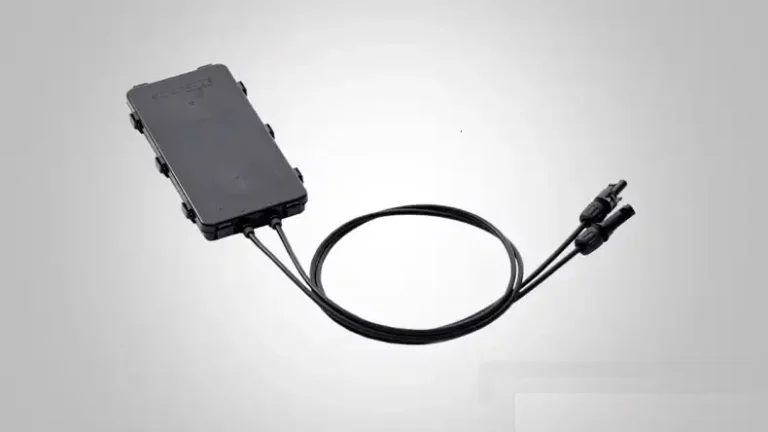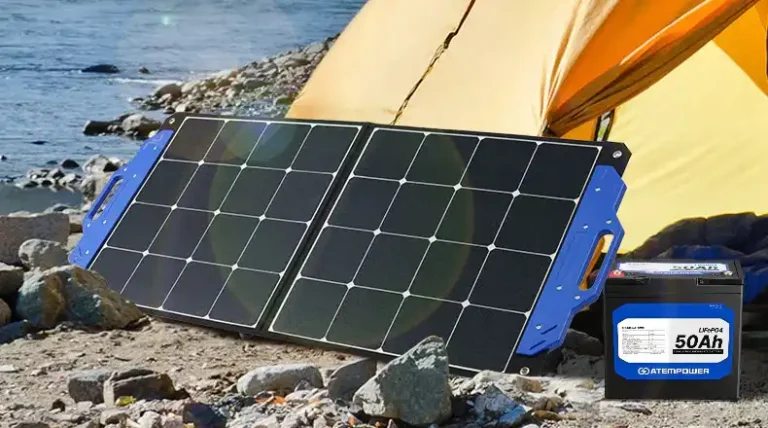Can I Connect the Solar Panel Directly to the Heater? Is It Possible?
Connecting a solar panel directly to a heater is an appealing way to utilize renewable solar energy for home heating needs. But is it safe to do so?
Yes, it is possible to connect a solar panel directly to a heater under certain conditions. However, there are important factors like voltage, power, and type of heater that need to be addressed to create a safe, effective system. Directly heating water with solar panels, also called passive water heating, requires careful planning and electrical safety measures.
To fully understand how to successfully connect a solar panel to a heater, it is important to know about some factors including solar panel specifications, heater types, required components, and wiring configurations. Let’s explore the possibilities and limitations of using solar panels for direct heating applications.
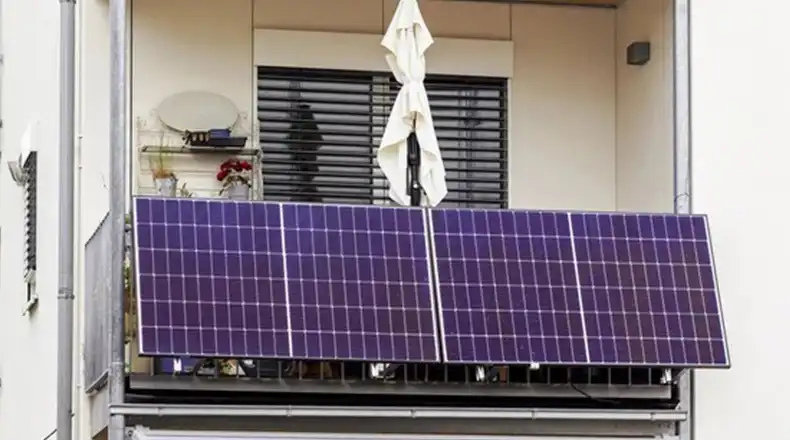
How Does Connecting a Solar Panel Directly to a Heater Work?
Connecting a solar panel directly to a heater allows the electrical energy harvested from sunlight to be directly converted to heat. This differs from traditional solar panel systems which convert sunlight into electricity stored in batteries for powering appliances and devices.
With direct heating, the solar panels are wired straight to the heating element, eliminating energy loss that occurs in battery storage and DC to AC conversion. This allows for a simpler, often more affordable DIY solar thermal system.
Solar panels produce DC (direct current) electricity when exposed to sunlight. Heating elements like those found in water heaters, space heaters, and some HVAC systems operate on DC power. Therefore, matching the solar panel voltage output to the heating element requirements allows for renewable solar energy to be directly turned into heat.
The key requirements for connecting solar panels to heaters are:
- Solar panel voltage must match the heating element voltage.
- Solar panel wattage should meet or exceed heater wattage.
- Appropriate gauge wires for high amperage flows.
- Regulators to prevent overheating or overloading.
- Manual or automated switches for control.
When these conditions are met, the electrons flowing from the solar panels as current directly pass through the heating elements, vibrating atoms rapidly to produce heat. This heat can be transferred directly or via heat exchangers like water tanks.
Proper installation is critical for the efficiency, safety, and longevity of the system. However, the ability to substitute sunlight for fossil fuel burning makes direct DC solar heating an enticing green energy solution.
What are the Main Pros and Cons of Connecting Solar Panels Directly to Heaters?
Pros
- Uses free solar energy directly for heating
- More efficient than converting to AC and then back to heat
- Lower cost than solar PV systems
- Easier DIY install than full PV systems
- Simpler than a system with batteries
- Low maintenance
- Eco-friendly, reduces carbon footprint
Cons
- Limited heat storage ability
- Heating capacity drops on cloudy days
- Daily cycles of over/underheating likely
- Roof orientation affects efficiency
- High DC amperages require safe wiring
- Underpowered panels result in weak heating
- Professional installation is advised for safety/performance
For sunny locations with a good solar resource, direct DC solar thermal systems can be an economical way to utilize renewable energy. However, the limitations of solar availability and heat storage should be carefully considered.
What Types of Heaters Can Be Connected Directly to Solar Panels?
Solar panels can be connected directly to certain DC-compatible heating devices:
- Water Heaters: Many conventional electric hot water heaters have screw-in heating elements that operate on low-voltage DC power. By matching the solar panel voltage to the heating element, water can be heated directly by the sun. This is a popular method for solar pool heating as well.
- Space Heaters: DC-powered space heaters are available. Their heating elements can be powered by attaching low-voltage solar panels. This provides direct ambient heat from the sun.
- Electric Radiant Floor Heating: Radiant floor heating systems use electric heating cables or mats. Low-voltage DC mats could potentially be powered by DC solar panels.
- DC HVAC Systems: Some HVAC systems operate on DC power, avoiding the need for a converter. Their heating elements may be compatible with direct solar panel connections.
- Immersion Water Heaters: These small water-heating elements are lowered into tanks or vessels to heat water. Lower wattage (100-600 watts) immersion heaters that run on 12V or 24V DC could potentially be connected to solar panels.
- Custom Heating Systems: With proper engineering, custom heating systems with DC elements sized to match solar panel outputs could be constructed. Examples include solar air heaters, hydronic radiant systems, or heating greenhouses or pools.
Key factors to consider are the heater’s voltage and wattage ratings compared to solar panel specs. Only heaters with DC elements rated at the solar panel’s voltage are candidates for direct connection. And the solar panels must have sufficient wattage to power the heating elements.
What are the Requirements for Voltage and Wattage When Connecting Solar Panels to Heaters?
Connecting solar panels directly to heaters requires matching voltage and appropriate wattage ratings.
Voltage
- Solar panel operating voltage must match the voltage rating of the heating element.
- Most heaters run on 12V or 24V DC power.
- Standard solar panel voltages are 12V, 24V, or 48V.
- A 12V solar panel can only directly power a 12V heating element.
Mismatching voltages can irreparably damage equipment. Using a charge controller to change voltages introduces conversion losses. When possible, it’s best to directly match the solar panel voltage to the heater voltage.
Wattage
- Total solar panel wattage must meet or exceed the heater wattage.
- For example, to run a 1000W water heater element, 1200-1500W of solar panels are ideal.
- Oversizing the solar panels ensures sufficient power when conditions are not optimal.
- Undersized solar panels result in weak, inconsistent heating.
Carefully calculate the continuous and startup wattages of heaters and size your solar array appropriately. This ensures strong, steady heating output.
What Type of Solar Panel is Best for Heating Applications?
When selecting solar panels to connect directly to heaters, there are a few panel specifications that are ideal:
- Monocrystalline Silicon Solar Panels
Made from a single cylindrical silicon crystal, these panels have the highest efficiency rates, typically 15-22%. This means more power output from smaller panels, ideal when roof space is limited.
- Higher Wattage Panels
Select panels with higher individual wattage ratings which provide more power with fewer connections required. Many heating elements need at least 1000W of solar power.
- Voltage Matching
Choosing 12V or 24V solar panels to match common water heater voltages avoids the need for voltage converters.
- Quality Construction
With no battery to protect, lower-priced panels may suffice. But higher quality panels will withstand weathering and last longer.
- UL Certified for Safety
Choosing panels tested for materials, performance, and electrical safety reduces the risk of defects or hazards.
With criteria like high efficiency, high wattage, proper voltage, and safety certification, an effective solar panel system can be selected to optimize direct heating performance.
What Types of Controllers or Regulators are Needed?
When connecting a solar panel directly to a heating element, controllers or regulators help optimize performance and provide important safeguards:
- Charge Controller
- A charge controller regulates the flow of current from solar panels to the heating element. It prevents overloading and overheating. Many have a low voltage disconnect feature which cuts power if the battery is completely discharged.
- Thermostat
- A thermostat allows temperature control by automatically powering the heater on and off once the desired temp is reached. Prevents overheating. Can maximize efficiency by engaging the heater during peak solar production.
- Timer Switch
- A timer switch can control when the heater operates, engaging only during selected hours. Provides control without a thermostat.
- Manual On/Off Switch
- For simple systems, a manual switch allows direct control of power from the solar panels to the heater. Provides basic regulation and the ability to shut down as needed.
- Breakers and Fuses
- Breakers and inline fuses should be incorporated to protect against short circuits, equipment failures, or mismatched voltages.
The level of control sophistication depends on budget, complexity, and safety needs. However, some type of regulation between solar panels and heaters is highly recommended.
What Type of Wiring Should Be Used?
Direct solar heating systems carry high amperage at low voltage through the wiring. Selecting the appropriate gauge and type of wire is critical for efficiency and fire safety:
- Use copper wiring only – highest conductivity. Don’t use aluminum.
- Select 10, 8, or 6-gauge wire for most residential systems. Account for wire run length.
- Use 4 or 2-gauge for long wire runs or high-wattage systems. Reduces voltage drop.
- Use UL-rated PV wire – durable for outdoor use. Excellent flexibility and heat resistance.
- Avoid Romex – not rated for exposed outdoor wiring. Use conduit instead.
- Use disconnects and fuses – facilitates safe shutdowns and protects against overloads.
- Allow slack – prevents damage from wind and vibration.
Correctly sized copper PV wire in conduit makes for a safe, long-lasting direct DC solar heating system. Consult an electrician on wire sizing for your specific system.
What are Some Example Wiring Configurations for Direct Solar Heating Setups?
There are several potential wiring schemes that can be used to connect solar panels to heaters. Here are a few common configurations:
Simple Direct
A simple setup has the solar panel wired directly to the heating element with an inline switch or breaker for basic control. No controller is used. This requires very careful voltage matching and load monitoring to avoid damage.
Controller Regulated
In this improved configuration, a charge controller or regulator is wired between the solar array and the heating element. The controller provides intelligent regulation of current flow to optimize performance and add safety.
Temperature Controlled
A temperature sensor and thermostat are added to the above setup. This allows automated temperature control by engaging the heating element when additional heat is needed.
Multiple Panel Input
For larger arrays, panels are first wired in series and/or parallel before connecting to the controller and heater. This combines the power of multiple panels safely.
Split Load
A diversion load controller splits power between a battery bank for storage and the heating element. The percentage sent to the heater is customized. This allows nighttime heating when solar input is zero.
These are some examples of how solar panels can be safely integrated with regulators and sensors to directly heat air or water efficiently.
What Solar Panel to Water Heater Wiring Diagram is Recommended?
Here is a recommended wiring diagram when connecting solar panels directly to water heaters:
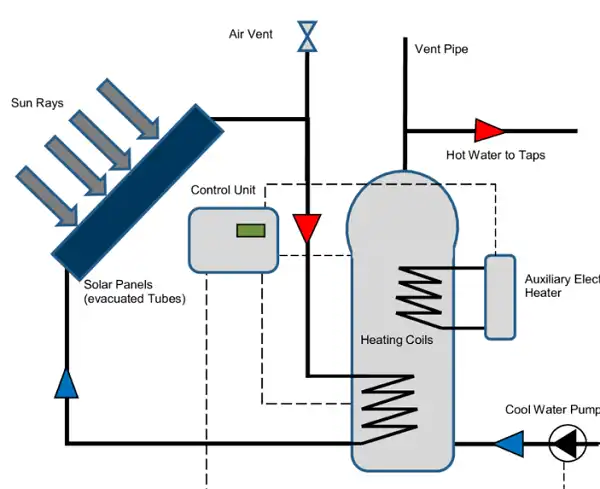
- Solar panels wired in series to achieve the desired voltage
- Output goes to the multifunction controller
- The controller regulates power to the heating element
- The thermostat on the tank controls on/off cycling of the element
- High temp cutoff sensor as a safety backup
- Dual disconnect switches for safe servicing
- All components are protected by appropriately sized breakers
This system allows automated regulation of the heating element based on temperature. The solar panels directly heat the water during daylight hours when sufficient sunlight is available. Multiple safety mechanisms prevent overheating.
Careful integration of controllers and sensors with the solar array and heating elements is key to maximizing performance. Having a qualified solar installer set up or review the system is highly recommended.
What are the Best Practices for Wiring Solar Panels Directly to Heaters?
Careful planning and correct execution of the wiring is critical when connecting solar panels directly to heaters. Here are some best practices to follow:
- Consult electrician on all wiring plans
- Use wire size rated for DC amp load
- Keep wire runs as short as possible
- Use clean, tight, weatherproof connections
- Incorporate fuses or breakers for overload protection
- Use conduits and disconnects per electrical code
- Label wires clearly especially multiple
- Seal outdoor connections like conduit to prevent moisture ingress
- Include one or more disconnect switches for safety
- Mount controllers/regulators near panels or heater – not halfway along the wire run
- Use copper crimped lugs when terminating to equipment
- Verify matching voltage before making final connections
- Have work inspected by a qualified electrician
Taking the time to wire carefully using quality components will result in a safe, efficient, long-lasting system. Never guess or take shortcuts when working with solar DC electricity.
Wrapping Up
Connecting solar panels directly to certain heaters can be a viable method for harnessing renewable energy to produce heat. With proper specification of components, safe installation, and realistic expectations, direct DC solar thermal systems can provide sustainable supplemental residential heating. Weigh the pros and cons carefully for your particular situation.
Thanks for reading this guide on whether solar panels can be connected directly to heaters. Hopefully, this overview gives you a clearer understanding of the possibilities and considerations involved with replacing fossil fuels for heating with renewable solar energy. Please leave any questions or comments below!
More Related Questions
What Size Solar Panel Do I Need To Run A Space Heater?
To run a typical 1500W electric space heater, you would need a solar panel system with a total wattage of around 2000-3000W, with at least two 250W 12V or 24V panels connected in parallel. The panel voltage must match the space heater, and higher-wattage panels are ideal for providing enough power.
Can You Use Solar Panels To Heat A House?
Yes, solar panels can be used to directly heat a house by wiring them to compatible DC heating systems like radiant floor heaters. This provides supplemental heat, reducing conventional heating fuel needs. Larger solar panel systems with voltage regulators and thermal controls are required to significantly heat an entire house directly.
How Do I Connect Solar Panels To My Water Heater?
Connecting solar panels to a water heater requires matching the solar panel voltage to the heating element voltage, sizing the solar array wattage 25% above the element wattage, incorporating a charge controller, wiring properly with PV cable and fuses, and installing switches for control. Consult an electrician to ensure proper design and installation.
Can You Put Solar Panels On A Pool Heater?
Yes, solar pool heating utilizes solar panels connected directly to the pool’s electric heating elements. The panels must be 12V or 24V to match common pool heater voltages. Temperature sensors regulate the heating cycles, while a solar controller prevents overheating. This provides renewable solar pool heating during daylight hours.

